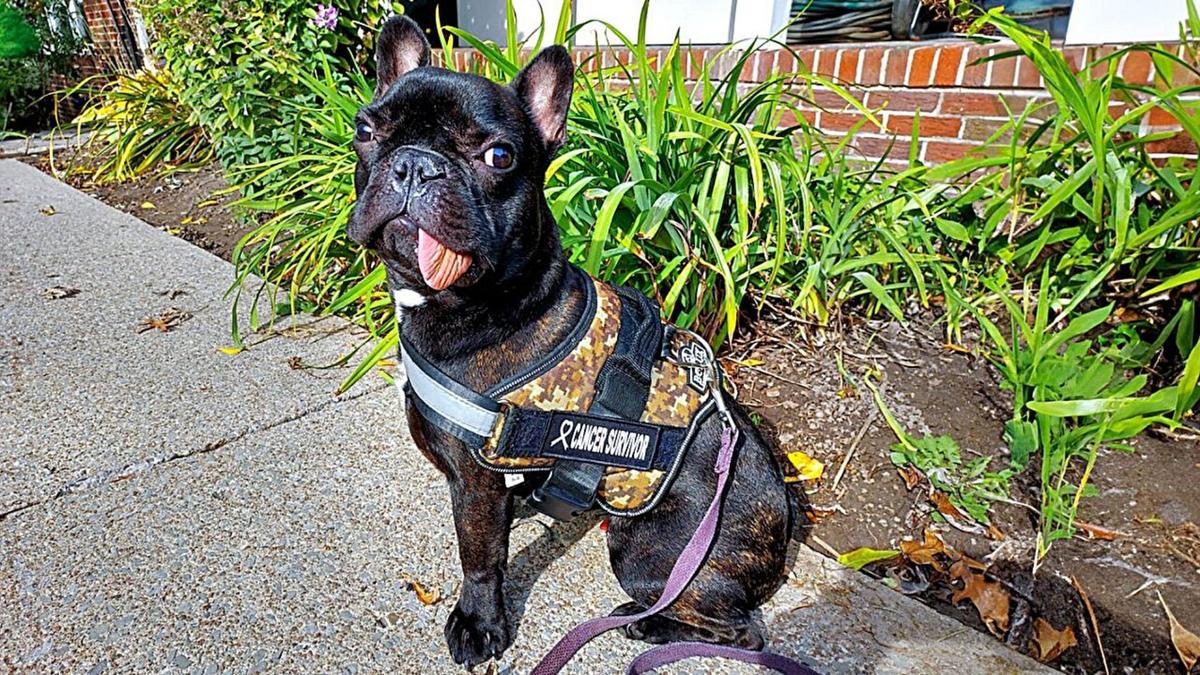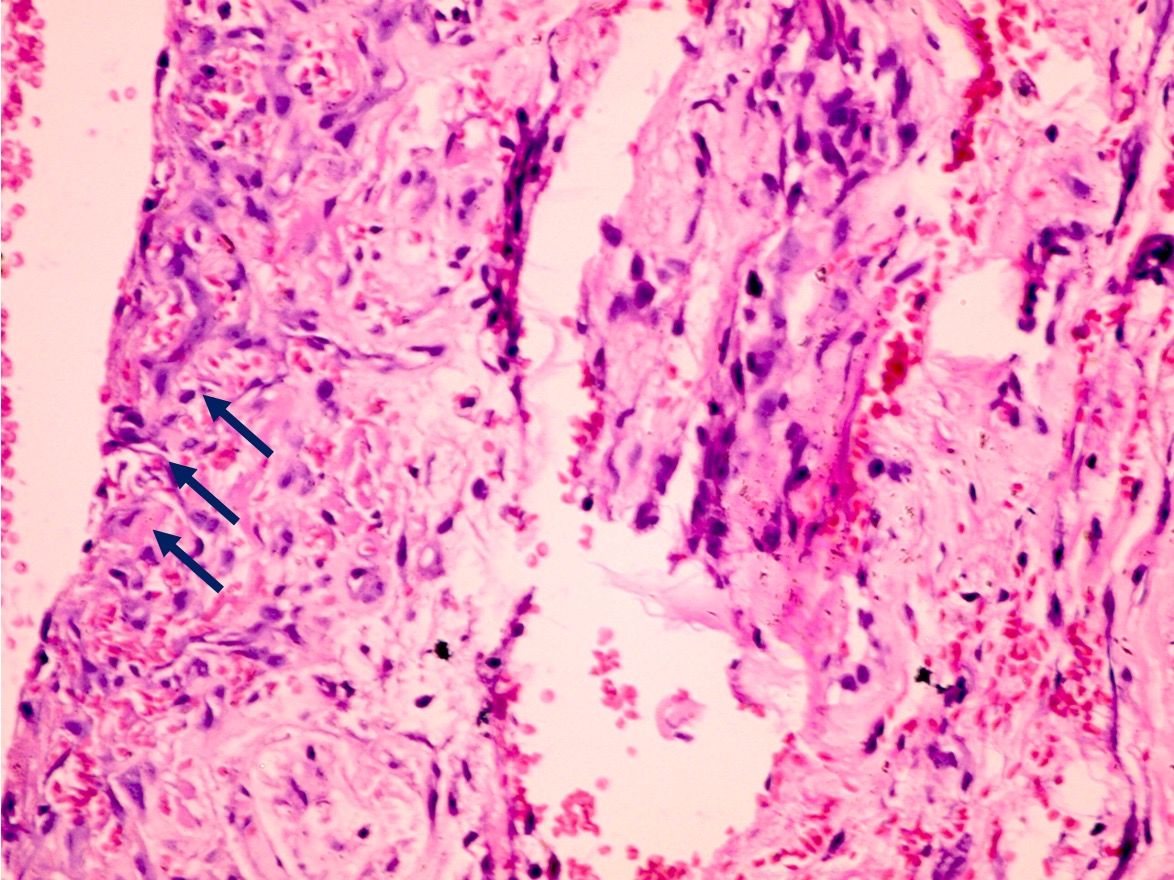In a groundbreaking medical development, a French Bulldog puppy named Tyson underwent an extraordinary recovery where his jaw spontaneously regrew following surgery to remove a cancerous tumor.
This unprecedented case, meticulously documented by veterinarians at Cornell University, represents a significant breakthrough in veterinary oncology and surgical recovery.
Tyson, a three-month-old French Bulldog, was initially brought to Cornell’s Dentistry and Oral Surgery Service for a cleft palate operation.
It was during this procedure that veterinarians discovered a malignant tumor on his lower left mandible.
Dr. Alexandra Wright, D.V.M. ’18, leading Tyson’s treatment, identified the tumor as an oral papillary squamous cell carcinoma—a rare and aggressive cancer in dogs.
“Oral squamous cell carcinoma is the second-most common malignant oral tumor in dogs, and this papillary subtype has previously been reported in young dogs,” explained Dr. Wright.
Given the severity of the diagnosis, Tyson’s only chance at survival was the extensive removal of a significant portion of his jaw.
Despite the daunting prognosis, Tyson’s owners, Melissa Forsythe and Mike Lacagnina, decided to proceed with the surgery upon learning that the cancer had not metastasized.
“We didn’t know if we wanted to put a puppy through all this. The prognosis at the time was uncertain,” said Forsythe.
However, since Tyson’s CT scans indicated that the cancer had not spread, they chose to proceed in hopes of saving him. “We had no idea his jaw would grow back!”
The surgical team, under Wright’s leadership, managed to preserve a critical layer of tissue known as the periosteum, which proved instrumental in Tyson’s recovery.

The periosteum, rich in blood vessels and nerves, is essential for bone growth and regeneration.
Remarkably, Tyson’s recovery surpassed all expectations. Despite the typical challenges associated with extensive bone loss in dogs, Tyson’s mandible regrew spontaneously and almost completely.
While the new jaw lacks certain features such as the mandibular canal and teeth, it matches the length of the opposite side, ensuring proper jaw alignment without any signs of cancer recurrence.
Following his jaw surgery, Tyson faced another hurdle with his cleft palate, necessitating additional surgical intervention.
Throughout his recovery, Tyson displayed remarkable resilience, adapting well to life with an E-collar and restricted activity.
Despite these challenges, he maintained his spirited demeanor, enjoying water-soaked kibble, playing with soft toys, and staying active with supervised walks around the house.
Today, Tyson’s journey stands as a testament to resilience and hope. He has not only recovered from a critical cancer diagnosis but has thrived, graduating from obedience class, earning his Canine Good Citizen certification, and even participating in a Christmas parade.
Reflecting on Tyson’s case, Dr. Wright emphasized its profound implications for veterinary science, particularly in advancing our understanding of bone regeneration in young dogs and its potential applications for other animals facing similar diagnoses.
Tyson’s remarkable recovery underscores the importance of early detection, precise surgical techniques, and the innate healing capacity present in young animals.
For Forsythe, Tyson’s journey embodies a story of love, determination, and the joy of witnessing a beloved pet overcome extraordinary odds.
She hopes that Tyson’s unprecedented recovery will inspire and inform future treatments for other dogs confronting life-threatening conditions.
Through Tyson’s experience, the veterinary community has gained invaluable insights into the potential for spontaneous bone regeneration, paving the way for further research and advancements in veterinary care.
